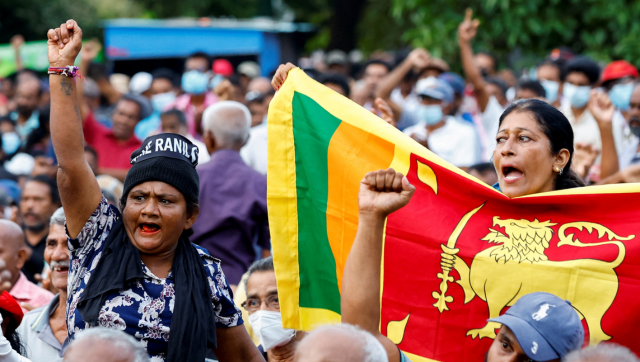Following the end of the LTTE’s armed conflict in the island nation’s north and east in 2009, Sri Lanka made the first move toward establishing the much-delayed Truth Commission. This was a key demand for reconciliation of Tamils. The bill establishing “The Commission for Truth Unity and Reconciliation in Sri Lanka” has been published in the gazette by the Ministry of Foreign Affairs. Before the Sri Lankan Army killed its supreme leader, V Prabhakaran, in 2009, the Liberation Tigers of Tamil Eelam (LTTE) had been fighting for a separate Tamil homeland in the island nation’s northern and eastern provinces for almost 30 years. “The Commission shall investigate inquire, and make recommendations in respect of complaints or allegations or reports relating to damage or harm caused to persons or property, loss of life or alleged violation of human rights anywhere in Sri Lanka, which were caused in the course of, or reasonably connected to or consequent to the conflict which took place in the northern and eastern provinces during the period 1983 to 2009, or its aftermath,” the notification issued on Monday said. Among the main objectives, the Commission is expected to provide people with a platform and opportunity for truth-telling and recommending ways and means of effective remedies for the aggrieved. Sri Lanka has been for years promising the UN Human Rights Council that a truth-seeking mechanism would be set up as one of four transitional justice processes. Since 2012, Sri Lanka has been subject to the adoption of successive UNHRC resolutions. The October 2022 UNHRC resolution reminded Sri Lanka about the demand to promote healing and reconciliation. The gazette once tabled in the parliamentary order paper would be subject to the Supreme Court interpretation of its constitutionality for anyone wanting to challenge the bill before it can be debated and enacted as the Act. According to Sri Lankan government figures, over 20,000 people are missing due to various conflicts, including the three-decade brutal war with Lankan Tamils in the north and east, which claimed at least 1,00,000 lives. (With inputs from PTI)
Before the Sri Lankan Army killed its supreme leader, V Prabhakaran, in 2009, the Liberation Tigers of Tamil Eelam (LTTE) had been fighting for a separate Tamil homeland in the island nation’s northern and eastern provinces for almost 30 years
Advertisement
End of Article


)

)
)
)
)
)
)
)
)



